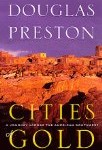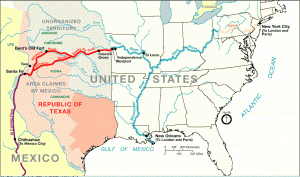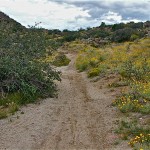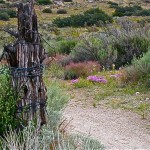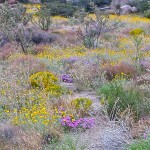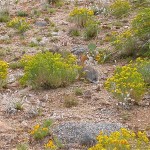In the last few weeks and days, I’ve come across a number of articles expressing pro’s and con’s about Common Core State Standards (CCSS), with critics mounting a flurry of attacks and proponents working hard to shore up support. One pretty good overview article is Common Core Under Fire: How Strong Is Support for New State Standards? You can get as many details as you want by clicking on various links.
My Prezi presentation on New Mexico’s use of CCSS gives a pretty good overview of what they are, what their intent is, and how they are planned to be used in New Mexico.
The Common Core evolved from a 2009-2010 drive by the National Governors Association and the Council of Chief State School Officers to delineate world-class skills students should possess. The standards, created with funding from, among others, the Bill & Melinda Gates Foundation, set detailed goals, such as first graders should understand place values in math and eighth graders should know the Pythagorean Theorem.
“We brought the best minds in the country together to create international benchmarks that, once mastered, would make our students more competitive, globally,” said Gene Wilhoit, executive director of the Council of Chief State School Officers. He said his group has no plans to create national science standards.
Here is a brief summary of some of the pro and con positions:
Pro
- A Kentucky fifth grade teacher said, “These standards take students much deeper into the subjects and force them to do more critical thinking,”
- No Child Left Behind allowed states to create their own unique standards; which could give them the appearance of higher “scores”
- A 2010 Fordham Institute study found CCSS Common Core to be “a great improvement with regard to rigor and cohesiveness”
- CCSS do not dictate curriculum (e.g., textbooks and reading lists) or prescribe methods of instruction
- Education technology providers have already been designing products based on CCSS
Con
- This is a federal intrusion into states rights via Race-To-The-Top via financial incentive
- 5 states worry CCSS establishes a de facto “national curriculum” (Utah, South Carolina, Michigan, Ohio, Alabama)
- Implementation may require more time than planned or allowed
- Republican National Committee decided at their March 2013 approved a resolution condemning CCSS
- Can standards-based education also be individualized?
- Seeing children as education industry profit centers may be problematic
So, what do YOU say?


